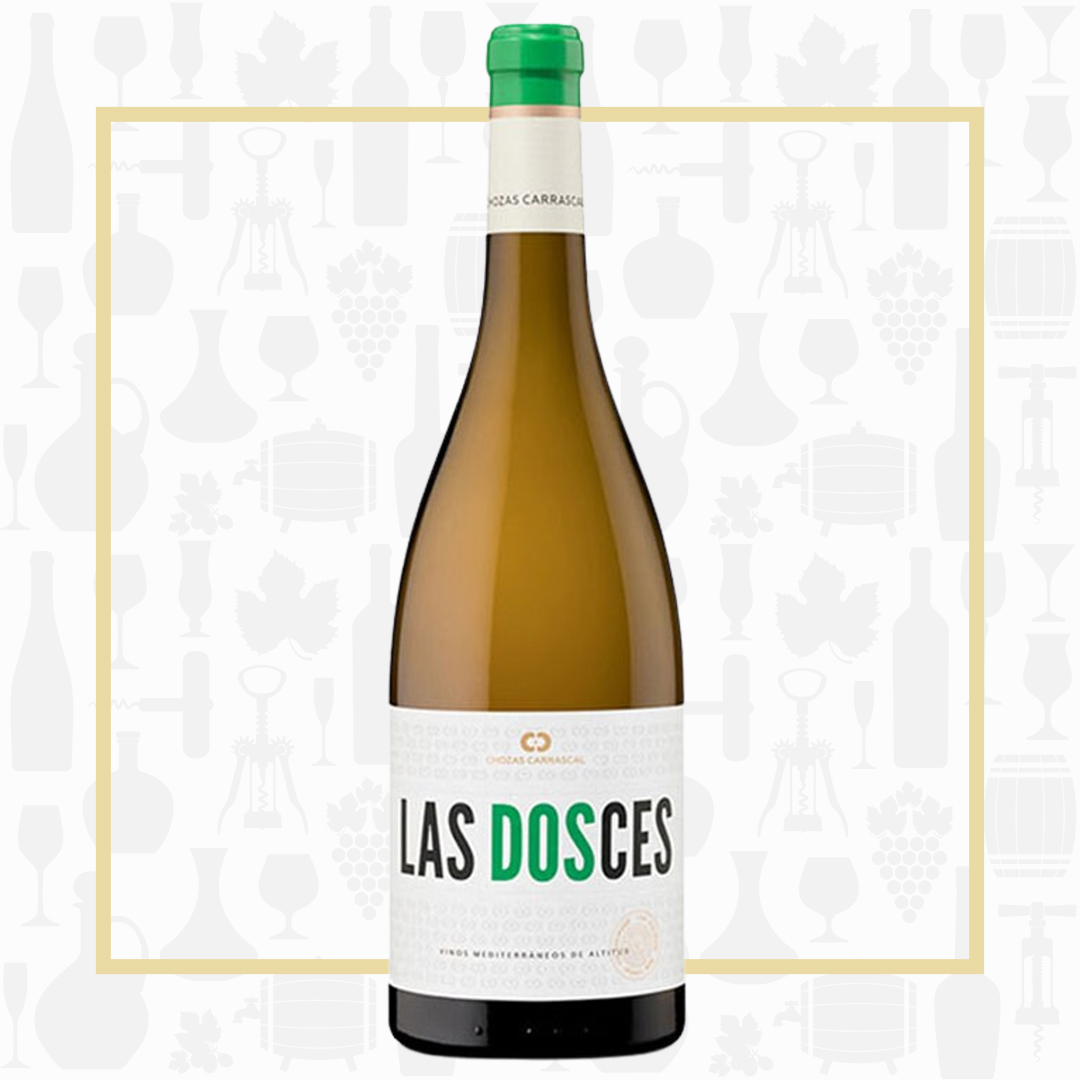Cellar Profile
In 1990, husband and wife team Julin López and María José Peidro purchased an established vineyard in the Requena-Utiel region of Valencia in southeastern Spain. Shortly thereafter, when their extensive studies identified that their terroir was similar to that of many of the French vineyards they frequently visited as a family, they planted several international grape varieties. Today, the Chozas Carrascal vineyard is comprised of 14 plots sitting at 750-840 metres above sea-level on a thick slab of limestone-based subsoil, distinctive within the region. Their climate is significantly more continental than the rest of the D.O.P., with hot, dry summer days and cool, fresh nights. The winery’s uniqueness was recognized in 2012 when it was awarded ‘Vino de Pago’ status, meaning the winery is its own D.O., separate, distinct and at the top of the Spanish wine hierarchy. To date, there are 21 Vino de Pago properties in the country, each one representing a singular identity that combines the best of tradition and modernity. The 30-hectare vineyard at Chozas Carrascal is planted with 12 grape varieties split between local, indigenous grapes—Bobal, Monastery, Garnacha, Tempranillo and Macabeo—and widely-recognized French examples: Cabernet Sauvignon, Cabernet Franc, Merlot, Syrah, Chardonnay, Viognier and Sauvignon Blanc. These vineyards are farmed and certified organic and the wines exhibit elegant structure, intense, complex character and, most importantly, delicious drinkability.
Region
Chozas Carrascal is located in Valencia, in Spain’s Mediterranean east. A number of factors combine to create the special conditions at this estate. The property sits at 700m above sea level, approximately 65 km from the coast. Despite its proximity to the sea, the climate is decidedly continental, making for hot summers, cold winters and large diurnal temperature variations. The estate’s dry setting is somewhat offset by its limestone-rich soils, which importantly retain moisture. DO Utiel-Requena produces mostly red wines and nearly 95% of the vineyards are planted with red grape varieties.
Vineyard
Chozas Carrascal has been daring in its viticulture approach, planting its vines at 1,335/acre (3,300/ha), far denser than any vineyards nearby. This forces vines to compete for water and nutrients and drives yields down. The vineyards grow on a slight slope. Sunlight, cool coastal breezes and loamy, chalky soil all contribute to the quality of the wines produced.
Winemaking
The grapes are harvested and sorted by hand. Fermentation using wild yeast, and 8 hour maceration on the skins takes place in small concrete eggs, with each grape vinified separately. Once the inital fermentation occurs, the wine is transferred to stainless steel, where it rests on its lees to garner complexity and mouth-feel before assemblage and bottling.
Varieties
Macabeo can be found in various areas in the south of Spain, along the Mediterranean coast, most notably in Valencia, Yecla and Jumilla. There are few universal truths about how wines made with Macabeo taste: they can be fresh, floral and aromatic when harvested sufficiently early and aged in stainless steel, but weighty, honeyed and nutty when aged in oak and harvested slightly later. Typically, they are characterized by subtle citrus / green apple aromas, acidity and freshness.
Tasting Notes
An evocative nose of apricot, grapefruit, pear and fresh cut grass. The palate is rounder and a little fuller than previous vintages,with great acidic balance. The fruit flavours replay, but with a healthy dose of saline minerality. The finish is quite long, and this wine punches above its weight class in complexity for the price. Do not overchill, and pair with Pasta Primavera, baked white fish with a beurre blanc, or fried clams.

